Reinventing Yourself When Your Career Crumbles
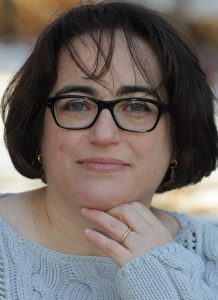 Most industries have their ups and downs. You’re getting into the swing of your job at the bank, you’ve just been promoted, and an economic shift means they close your branch and if you’re lucky, you have to add an hour to your daily commute. If you’re not lucky, you have no job left. But even with all those pitfalls in other careers, publishing is remarkable for the sheer level of its unreliability. In today’s publishing landscape, for a mid-list author it’s not a question of whether you’re going to undergo some kind of violent upheaval, it’s a question of when.
Most industries have their ups and downs. You’re getting into the swing of your job at the bank, you’ve just been promoted, and an economic shift means they close your branch and if you’re lucky, you have to add an hour to your daily commute. If you’re not lucky, you have no job left. But even with all those pitfalls in other careers, publishing is remarkable for the sheer level of its unreliability. In today’s publishing landscape, for a mid-list author it’s not a question of whether you’re going to undergo some kind of violent upheaval, it’s a question of when.
(A word about the terminology I’ll use throughout: “frontlist”, “midlist,” and “backlist” all come from the days of print catalogs. Stephen King, Nora Roberts, James Patterson…those are all “frontlist” authors. Whatever their newest book is, it’s at the front of the publisher’s catalog with big ads and heavy publicity and marketing money behind it. “Backlist” is the stuff that’s been out for a while. King’s older books are his “backlist.” “Midlist” is everything else. All the authors you probably read whose books don’t have a giant marketing machine behind them. These titles are literally in the middle of the list of books the publisher is selling, behind the big ones, but before the ones that have been on sale for a while.)
Some of the most frequent derailments of midlist careers I have seen have been imprints/lines shutting down, entire publishing houses going under, losses of agents, losses of editors, market contraction in particular fields (ie: once, you could sell pretty much any vampire novel; now a vampire in a novel is, for want of a better term, persona non grata). Authors of cozy mysteries who used to write for Berkley Prime Crime or Five Star have found themselves stranded in a less-than-cozy environment.
So what’s an author to do?
Well, the first thing I’d recommend is to get your hands on however much of your backlist you can. If you are parting ways with just your agent and not your publisher, this doesn’t apply. But I lost both my agent and my publisher at once, so I asked my agent—as she’d sold the books—to get the rights back for me as our final piece of business if possible.
Because she’s a good human being, she did so.
Your backlist can be monetized through self-publishing, it can be used as teaser material, it can be given away at book festivals. If your publisher is willing to give it to you, take it. You may not want to write the same kind of thing in the future, but hang onto it. You never know when it will come in handy.
Now you’ve cut your ties and you’re out there on your own. If you want to write the same type of thing you’ve been writing, you know what to do. You’ve done it before. But if you don’t, if you want to take this opportunity to reinvent yourself, that can be more problematic and it begins with the very root of how readers identify you: your name.
Readers identify your name with your brand, your voice, the kind of thing you write. They are intensely “brand loyal” and your name is your brand. If you switch from historical fiction to apocalyptic sci-fi, will your new work please them, or turn them off?
Are you giving up your historical career forever, or just for a while? If there’s very little audience overlap, I’d recommend using a different name, especially if you intend to continue on both writing tracks. You don’t have to hide the connection (think Nora Roberts/JD Robb), but with totally different audiences, your historical name won’t bring many readers to your apocalyptic books and with two names you avoid possible brand confusion.
Then you have to craft a new story for yourself. A new brand. I won’t call it a new you, because brands should be authentic. All a brand does is focus on the part of you that relates to your specific kind of writing.
I was good at branding as a cozy author, not good at branding when I started writing romantic suspense, and I am back on track now that I am writing—and pitching—Gothic romantic mysteries. Ironically, it was the romantic suspense, with which I was least comfortable, that earned me a contract with Penguin and my first real money.
The decision I made when I parted ways with both Penguin and my agent was that I would write the story I wanted to write, regardless of whether I could find an agent or publisher for it. (Yes, I have a day job. Even at its height, my writing was never paying my mortgage.) I was very doubtful. It didn’t fit into any of the genres on bookshelves today, being a Mary Stewart novel set in Stephen King’s Maine, but I was pretty sure it would have an audience, even if I had to self-publish it. And I knew I could create the brand, because it was the truest part of me. A little spooky, a little cozy, a lot focused on the lives and struggles of women.
While I was writing the book, I put out my backlist via self-publishing, so I could practice and determine what might be needed in case the book wouldn’t sell via traditional routes. I remained a member of Mystery Writers of America, but quit Romance Writers of America and joined the Horror Writers Association so I could find out more about horror publishers and talk about weird fiction. I also began looking for an agent who wouldn’t mind something a little offbeat.
My new agent sent out the new manuscript. Publishers liked it, but they didn’t know what to make of it, where to put it, how to market it. That feedback gave me a place to start. I needed to place it more firmly in one genre, then branch to the others it incorporated. I wrote another. It’s out on submission now. When you’re starting over, it’s like that. If you’re switching genres, you can’t rely on previous success to carry you over publishing hurdles.
I’m still considering how to use the as-yet-unsold one. Should I self-publish it? Wait and see what happens with the second and then make a decision? I’ll figure it out. Only one thing is certain in publishing: reinventing yourself takes time.
—
Laura K. Curtis gave up a life writing dry academic papers for writing decidedly less dry crime and romance. She has published four romantic suspense novels, two contemporary romances, and numerous short crime pieces. She currently has a contemporary Gothic mystery out on submission.Love. Life. Murder
http://www.laurakcurtis.com
About TWISTED
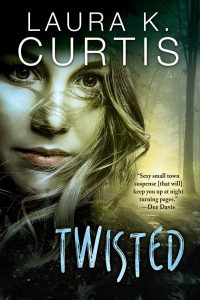 Lucy Sadler Caldwell is a successful true-crime writer. But the one story she’s never been able to come to terms with is the murder of her own mother–until now. She’s returned to Dobbs Hollow, Texas, the hometown she fled seventeen years ago, to finally expose the real killer.
Lucy Sadler Caldwell is a successful true-crime writer. But the one story she’s never been able to come to terms with is the murder of her own mother–until now. She’s returned to Dobbs Hollow, Texas, the hometown she fled seventeen years ago, to finally expose the real killer.
After a bullet took out his knee in Houston, Detective Ethan Donovan found himself without a lot of options, which is how he ended up as Chief of Police in Dobbs Hollow. Lucy sure isn’t asking for his help–she’s not big on trust–but he can’t help feeling a strong desire to come to her aid.
And though Lucy is armed to the teeth, she will need all the help she can get. When she starts digging into the past, she unearths a psychotic killer who will stop at nothing to silence her forever…
Category: Contemporary Women Writers, How To and Tips




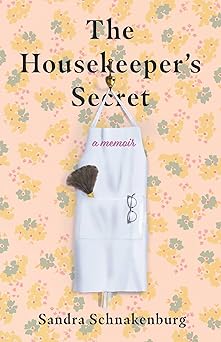






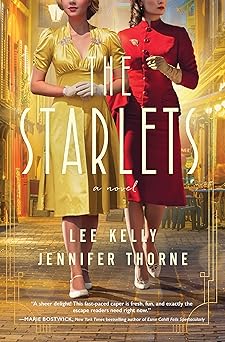
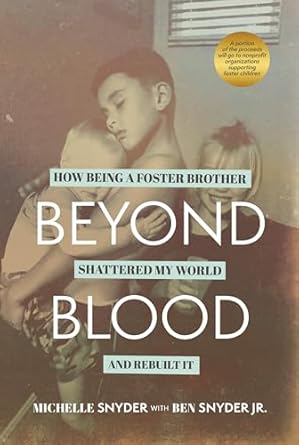
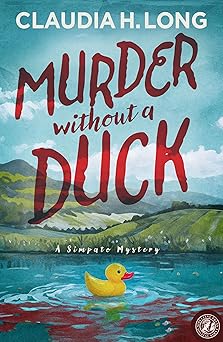
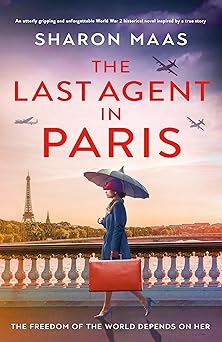
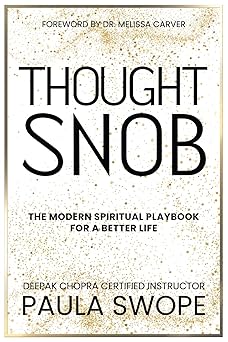
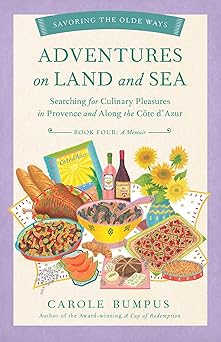
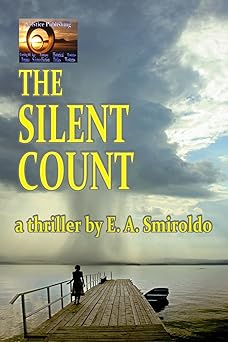
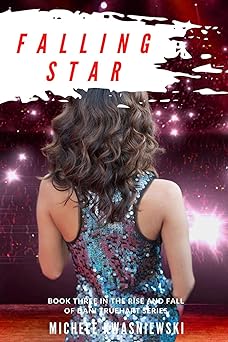

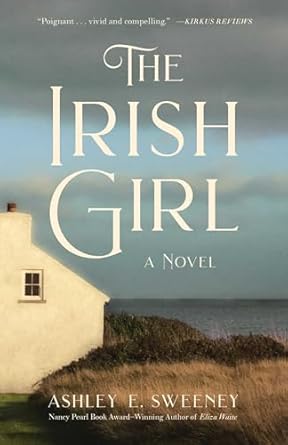
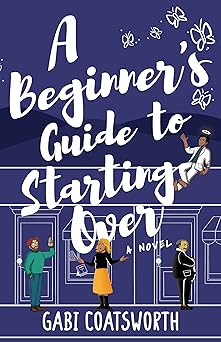
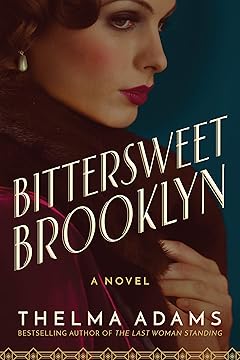

Hey, Laura:
I’ve been trying to figure out my brand for the past few years and still haven’t gotten it settled.
Then I read your article.
What you said has helped me to understand ‘brand’ better. It’s me, my voice and my style.
I highly recommend Dana Kaye’s book, Your Book, Your Brand. It really helped clarify things for me.
Thanks for the recommendation. I’ll download and read it.
That’s one of the scariest and best things about publishing–getting to reinvent ourselves! Sure, we don’t always have control of how or when or why, but we do have some control over what. Best of luck to you!
Thanks, Jennifer!